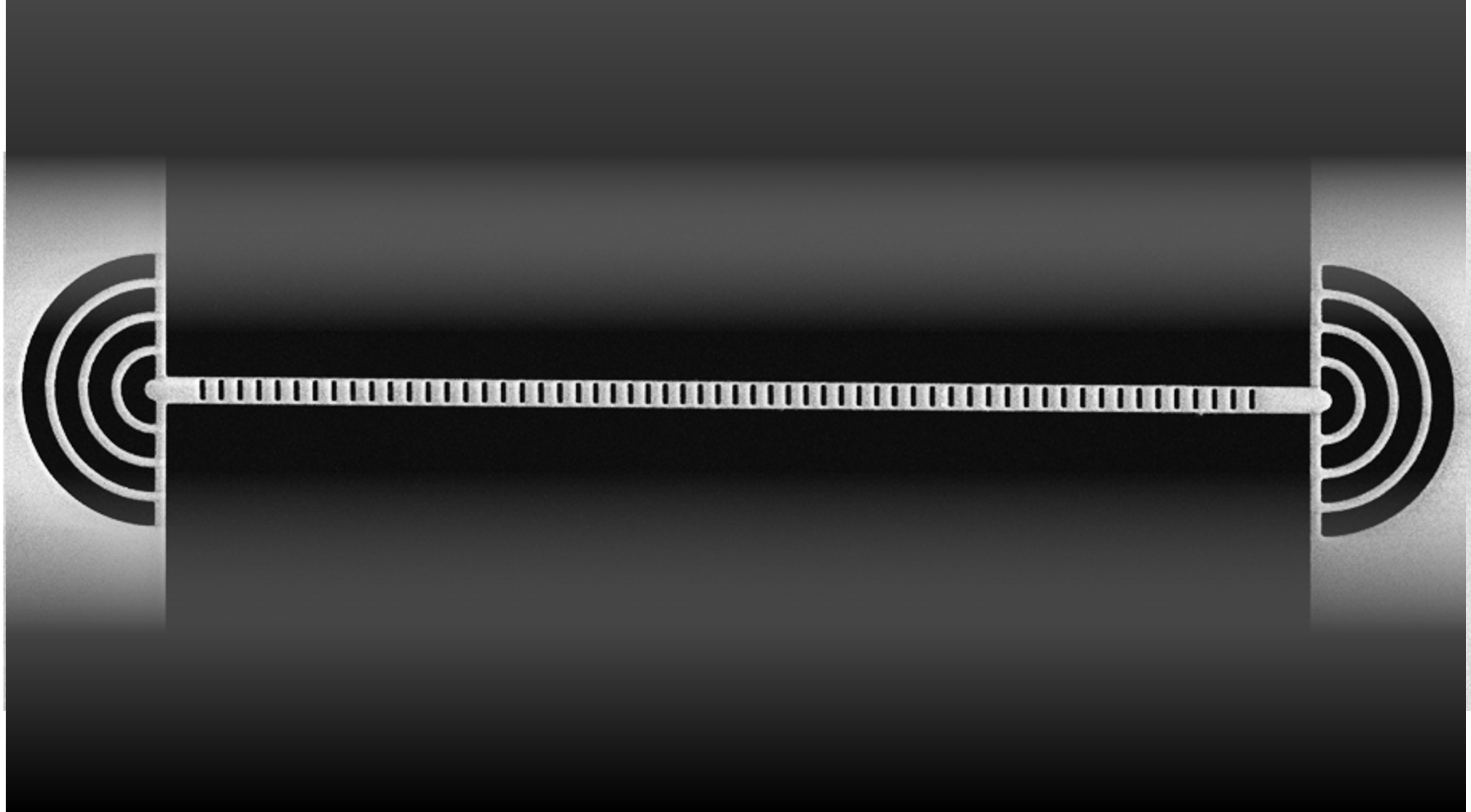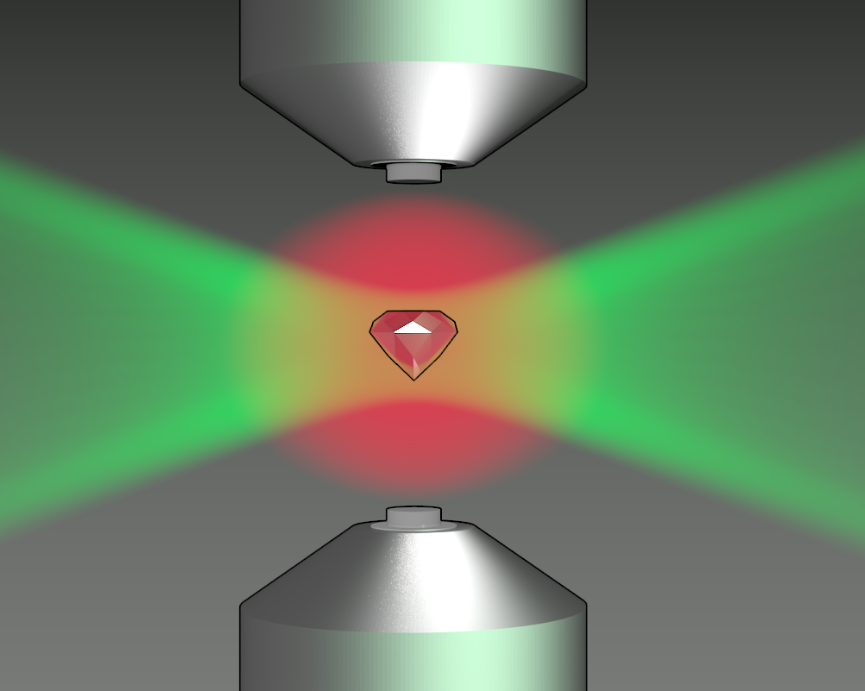
Levitodynamics
Romain Quidant group
Optomechanics experiments with levitated particles that bring
Quantum Mechanics from the micro to the macro world.

Optomechanics experiments with levitated particles that bring
Quantum Mechanics from the micro to the macro world.
Levitodynamics addresses the levitation and manipulation of micro- and nanoresonators, with the aim of studying their dynamics and physics at the mesoscale.
If you're interested in learning more about the group, write to romain.quidant at icfo.eu
Write to: romain.quidant at icfo.eu

In the MacroCavity experiment we use the resolved sideband cooling of a levitated nanoparticle within a high finesse cavity at high vacuum. Trapping the nanoparticle in an external optical tweezer allows on one hand the free positioning of the particle within the cavity field and on the other hand the additional cooling via parametric feedback cooling. The combination with well-established resolved sideband cooling techniques creates a powerful platform for controlling the centre of mass motion (COM) of a mesoscopic object. By exploiting cavity enhanced Anti-Stokes scattering we all optically cool the COM to minimum temperatures of T ≤ 100mK for a silica particle of 235nm diameter. Power dependent laser noise heating is observed, being the main current limitation in reaching lower temperatures. In the future laser noise suppression for resolved side band cooling will decrease low phonon occupation numbers of mesoscopic systems via passive cooling schemes in table top experiments at room temperatures.
Close Project
We are working with on-chip photonic crystal nanocavities, fabricated in-house at ICFO’s clean room facilities. The structures are modeled using FDTD simulations, for optical, mechanical and thermal characterization, and the design is optimized for high optomechanical coupling and SIBA effect.
Close Project
Optical trapping of nanoparticles in vacuum is currently restricted to few types of particle materials, due to the absence of an efficient heating dissipation mechanism at low pressures. In this experiment we also explore other trapping methods (like Paul traps) to study nanoparticles with interesting, atom-like internal degrees of freedom, such as electron spins or dipole resonances. We follow this alternate route to bring quantum mechanical effects to the macroscopic domain.
Close Project